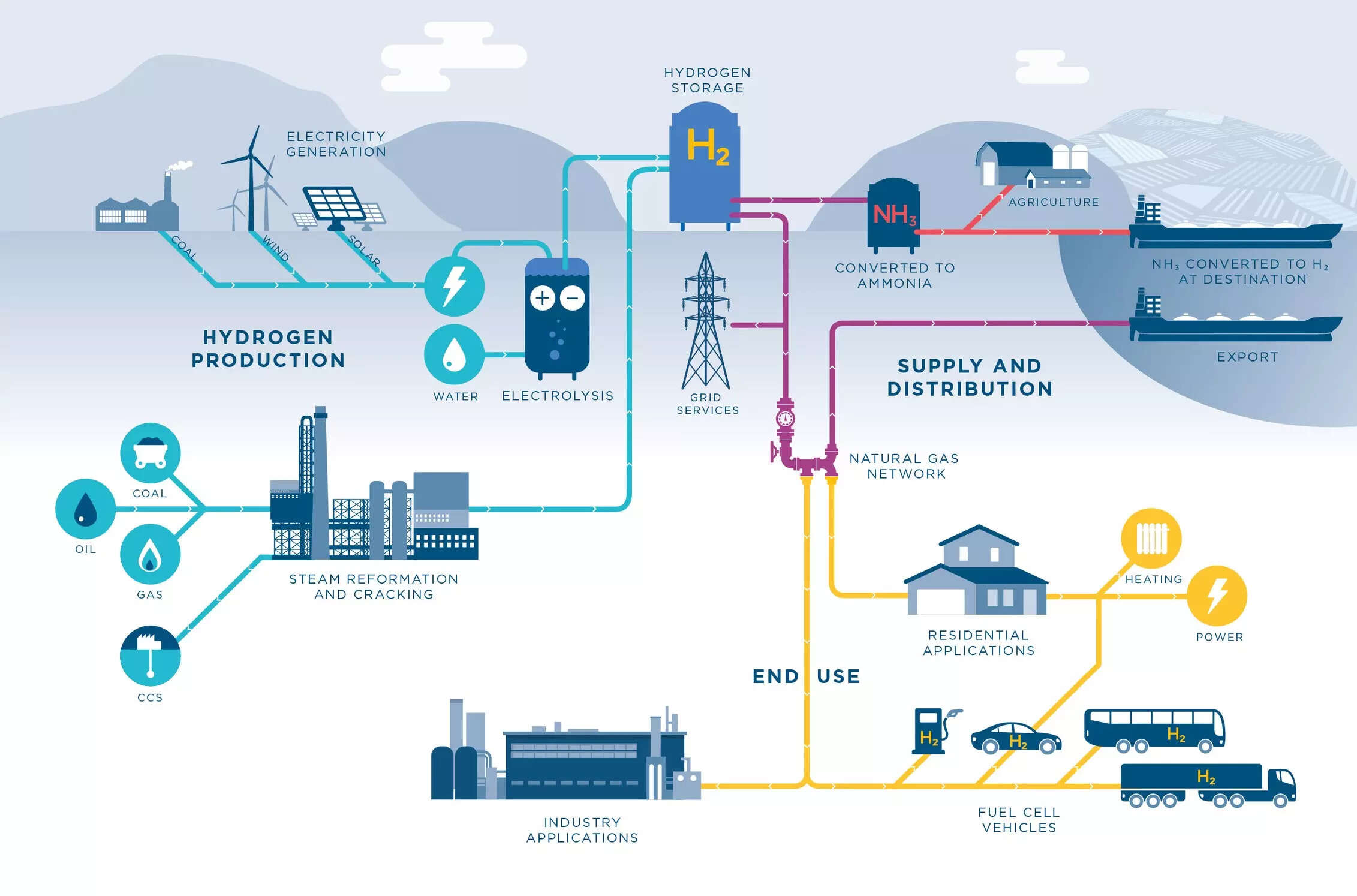
New Delhi:Green hydrogen will become competitive in serving as an alternate fuel to diesel in trucks by 2022, Ahmad Chatila, Chairman of US-based hydrogen electrolyser start-up, Ohmium, tells ETEnergyWorld in an exclusive interview.
The company came into the spotlight this year after it launched India’s first green hydrogen electrolyser gigafactory at Bengaluru. He tells us that their factory in India will serve global demand and will ship products to many other countries. The company had last month shipped its first unit of electrolyzer to the US from this India facility. Edited excerpts:
Where do you see India as a green hydrogen market in the coming years?
India will emerge as one of the largest markets as well as a hub for hydrogen in the coming years. The Indian government is working towards finalising a policy which will result in early adoption of green hydrogen in refineries, fertiliser, and gas distribution industry.
We also believe that by 2023, green hydrogen will be lower cost than diesel at the pump for passenger cars in most cities. We, thus, see the opportunity for hydrogen car OEMs such as Toyota, Hyundai, and others to immediately roll out their hydrogen car models in India. Once passenger cars adopt hydrogen, which will be economical, other applications will be much more viable and beneficial to switch to green hydrogen rapidly.
What kind of investments do you see happening in India based on green hydrogen capacity creation plans?
Once the policy is announced with specific targets to be achieved in the various applications, green hydrogen assets will be developed in India, end-to-end, from renewable energy to distributed hydrogen generation using electrolysers near demand centers. Investments will be targeted towards renewable generation, solar and wind, hydrogen electrolysers, and end application projects such as blending into gas, building distributed hydrogen systems at refineries, manufacturing green ammonia for fertiliser, etc.
Like the recent shipping of Made in India electrolyser to the US, what are your future plans on shipping electrolysers?
Our factory in India, will serve global demand and we will ship to many countries from India.
What are the new technologies Ohmium is working on in the green hydrogen space?
We have a roadmap to continuously improve the performance of our systems and reduce the levelised cost of hydrogen to $1 per kg by 2025. This will be our cost in India utilising the government’s proposed policies like dollar denominated renewable and hydrogen contracts, concessional transmission of renewable power for green hydrogen generation, banking of renewable power, etc. At the pump, the consumers will be able to realize $2 per kg to $2.5 per kg of hydrogen which will be much lower than diesel costs. This would be the pricing inclusive of last-mile transportation, compression, dispensation into vehicles, and profits for the pump operator.
What is Ohmium’s green hydrogen outlook for the next 5-10 years?
Green hydrogen will be competitive in most applications by 2025, and in certain applications, such as serving as an alternate fuel to diesel in trucks. This will happen immediately, that is, in 2022.
What are your investment plans for green hydrogen for this period?
We shall be ready to scale up our manufacturing operations to several gigawatt as the demand grows.
What are your capacity addition plans in India and capex requirements for it?
Our current capacity is 0.5 GW and we can increase this to 2 GW.
Also Read:

